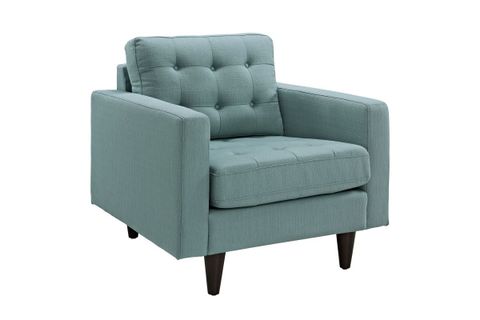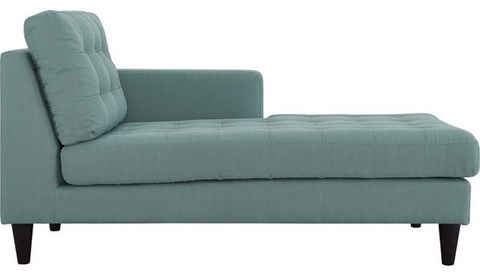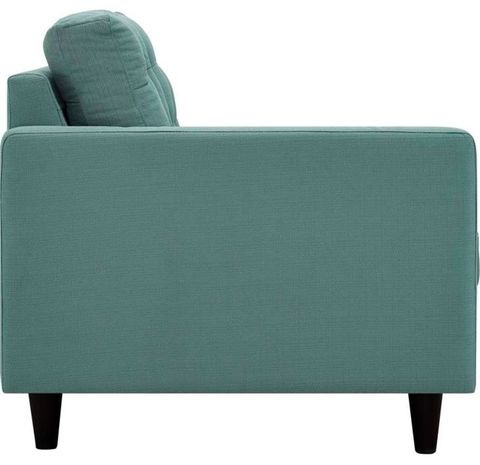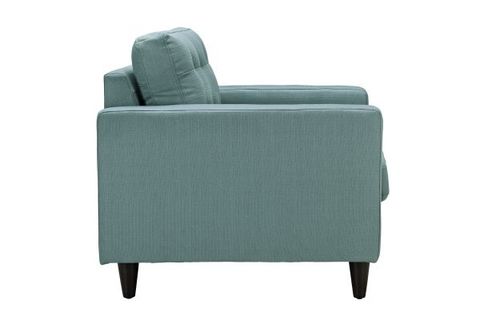Think about it – every time you sit down, you’re making a choice that goes far beyond comfort. That chair isn’t just furniture. It’s a silent communicator of your personality, your work habits, and even your emotional state. What you choose to sit on reveals something profound about who you are and how you interact with the world around you.
When we think about chairs, we usually focus on the obvious things – the material, the color, whether it’s comfortable. But there’s a deeper story happening when we choose our seating. The psychology behind selecting the right chair goes way beyond aesthetics or physical comfort. It touches on how we perceive ourselves, how we want others to see us, and how we function in our daily lives. Every chair carries psychological weight, and understanding this can transform how you approach your next seating decision. Whether you’re picking out a dining chair, office stool, or living room sofa, you’re actually making choices that shape your experience and influence your behavior.
The Comfort Connection
Comfort isn’t just about soft cushions or supportive backrests. It’s deeply rooted in how we feel about ourselves and our environment. When you choose a chair that feels right, it creates a sense of belonging and security. Think about it – when you’re comfortable in your seat, you’re more likely to stay focused, be creative, and engage with whatever you’re doing. Research shows that discomfort leads to distraction and stress. People who sit in uncomfortable chairs often report feeling anxious or restless. This isn’t just about physical pain – it’s about the mental signal your body sends when something doesn’t feel right. A well-chosen chair becomes an extension of your personal space, offering that feeling of being at home wherever you are.
The Posture Psychology
What you sit in affects more than just your back. Your posture tells a story about your confidence, your intentions, and your relationship with the space around you. Slouching in a chair that’s too soft might make you feel lazy or uninterested. Sitting upright in a supportive chair can boost your self-esteem and make you feel more alert. The psychology of posture is fascinating – it’s not just about being ‘proper’ but about how your body language communicates with the world. Studies have shown that people who sit with good posture tend to feel more confident and capable. The chair becomes a tool for changing your mindset, literally shifting how you approach tasks and interactions. It’s like having a confidence booster built into your seating arrangement.
Color and Mood Influence
Colors in seating choices aren’t random. They tap into deep emotional responses that happen before you even realize them. Blue chairs often promote calmness and focus, making them ideal for workspaces. Red seats can energize and stimulate action, perfect for areas where you want to encourage movement or excitement. Green chairs bring balance and renewal, while yellow ones spark creativity and optimism. The psychology of color in furniture is powerful because it works on a subconscious level. You might not consciously think about why a particular chair catches your eye, but your brain is already processing those color signals. Consider how different colored chairs make you feel in various spaces – that’s the power of chromotherapy in action.
Cultural and Social Signals
Chairs carry cultural meanings that go back centuries. In many cultures, the type of chair you sit in indicates your social status or role in a group. A throne-like chair says authority. A simple wooden chair suggests humility or practicality. The way we arrange chairs in rooms also communicates social dynamics. When people sit in a circle, it promotes equality and openness. When chairs face a central point, it suggests hierarchy or focus. These subtle cues affect how we relate to each other and how we position ourselves within groups. Understanding these signals helps explain why some people gravitate toward certain seating arrangements naturally. It’s about creating environments that support the kind of interactions you want to have.
Personal Identity Expression
What you choose to sit on reflects your personality and values. Someone who loves vintage designs might select ornate chairs that show their appreciation for craftsmanship. Others might prefer minimalist options that match their clean aesthetic preferences. The chair becomes a canvas for expressing who you are. It’s not just about style – it’s about authenticity. When you sit in something that feels true to you, it reinforces your identity and makes you feel more genuine in your daily life. This connection between self-expression and seating choices is stronger than most people realize. Your chair becomes part of your personal brand, communicating your taste and preferences without saying a word.
Productivity and Mental Performance
The right chair can significantly impact how well you perform mentally. Research has shown that proper seating supports cognitive function and reduces mental fatigue. When you’re comfortable and properly supported, your brain has more energy to focus on important tasks rather than dealing with physical discomfort. Different chair types affect different aspects of performance. Ergonomic chairs help with sustained concentration, while adjustable options allow for movement during creative work. The psychology of productivity through seating is about removing barriers to focus. It’s about creating conditions where your mind can thrive rather than fight against physical limitations. Think about how much better you can concentrate when you’re not constantly adjusting your position or dealing with back pain.
Choosing the right chair is more than a simple purchasing decision. It’s a complex psychological process that touches on comfort, posture, emotion, culture, identity, and performance. Every chair you select is a small act of self-expression and environmental design. By understanding these psychological factors, you can make choices that truly serve your needs and enhance your daily experience. Whether you’re designing a workspace or decorating a living area, remember that your seating choices have meaning beyond the surface. They’re part of the larger narrative of how you live, work, and connect with the world around you. So next time you’re considering a new chair, take a moment to think about what it says about you and how it might help you become the best version of yourself.














